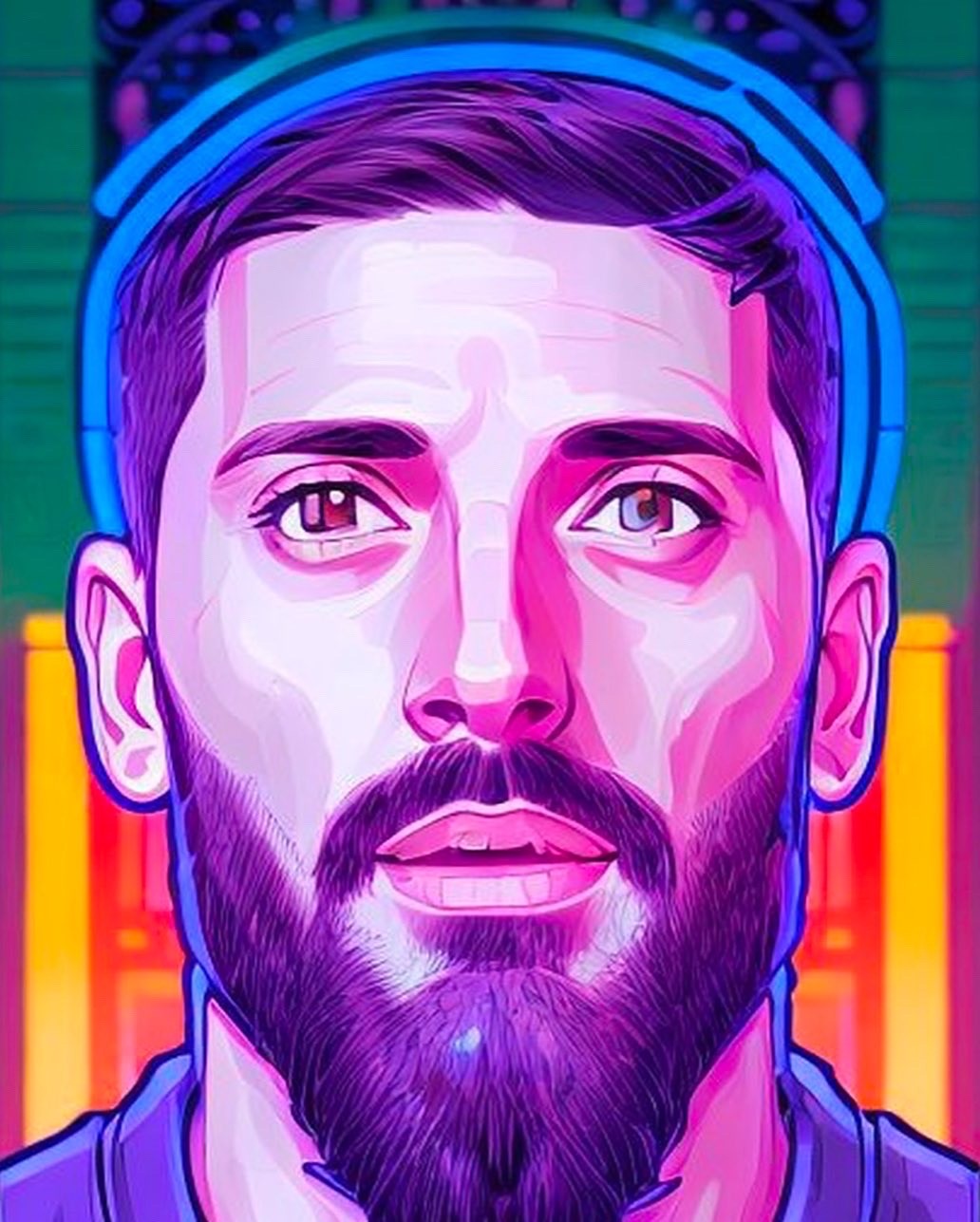Kortext
The company
Kortext is a globally used ed-tech service that enables institutions around the world to access their respective essential reading materials and create annotations on them.
The goal
Our collective goal was to improve the efficiency of learning and the effectiveness of memory retention for students globally through direct access to course materials and as a team we tackled these tasks in a number of different ways which I will detail out below.
Before and after


Initial research
The main priority from the beginning has always been to relentlessly focus on improving the users experience by observing user interactions and identifying their pain points. We did this by investing time in understanding how the users interact with the product through both in person and remote testing. We spent some of our time with users away from the product all together to discuss their learning and memory retention methodologies to enable us to empathise with how the average student study journey works.
Also we relied heavily on validating our assumptions before implementation through A/B testing to ensure we were actually solving our users problems. It helps!
Competitor analysis
In many cases well established competitors have researched and understood certain pain points of users that perhaps you have missed so researching the market allowed our company to look for inspiration identify potential improvements.

Scenario maps and problems
Understanding the complex and ever changing issues that educational institutions and their sub user personas face on a daily basis when using Kortext is vital and we attempted this through scenario maps. A scenario map is essentially when a user’s journey is plotted out and their individual pain points are identified for each step. Then as a team we could ask questions surrounding each of the issues to address them.

User personas
Creating user personas before identifying pain points through scenario maps is essential as there could be many assumptions that were made previously which is what we found. The personas were based heavily upon research and through talking with different departments within the business to get their understanding of the product and its users. Here are a couple of examples:


Wireframes
With the scenario maps created, we wireframed the journey of each persona to ensure our ideas flowed correctly and worked to achieve the goals defined previously.

High fidelity design
Designing the user experience of a product is fascinating considering all of the research that goes into understanding a persona and why they make certain decisions. Now however it was time to transfer the wireframes into high fidelity mockups that could be experienced at the intended potential by users. Here are a few examples
Prototyping and validation
From here on out we began prototyping our hi-fi designs for a more immersive and accessible experience where we could again validate more of our assumptions and see where the product could improve. Testing continued throughout our iterative process into development and after releases as the users feedback has and will always determine whether our journey in making their experiences better has been successful.
Example 1

Example 2

Example 3

